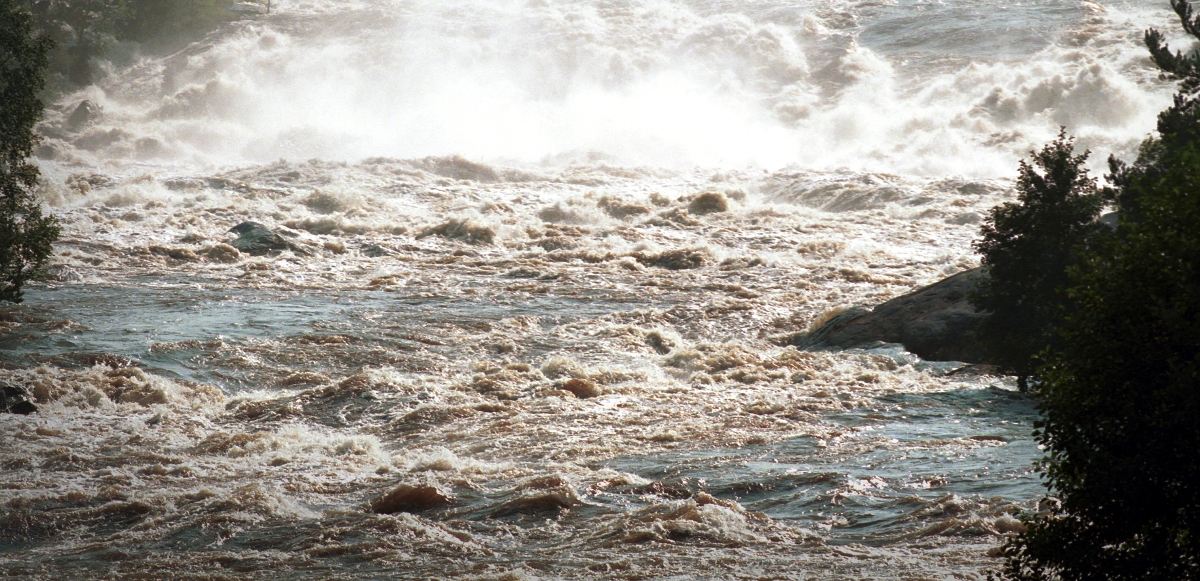Ritsem
Facts
Water information

A major success in the construction of the Ritsem power plant was the use of advanced drilling technology. Pneumatic drills were replaced by hydraulically driven drills, reducing the problem of oil mist and increasing efficiency. Furthermore, hand-held drilling was replaced by mechanical drilling.
Impressive tunnel construction
A tunnel was built from Lake Sitasjaure, leading water to the power station. The construction of the tunnel was one of the most ambitious rock excavation operations in Sweden at the time, with the volume of excavated rock amounting to 2.5 million m3. The final stretch of the tunnel has impressive statistics: 16.3 kilometres in length and a width and height of 11 metres each. The machine hall was excavated 160 metres below ground level and had the largest unit in the whole of the river Lule älv at the time.
The river Lule älv
Around 40% of all energy consumed in Sweden is generated from hydro power. The river Lule älv, on which Ritsem is located, is the most important river in Sweden for the generation of hydro power.

